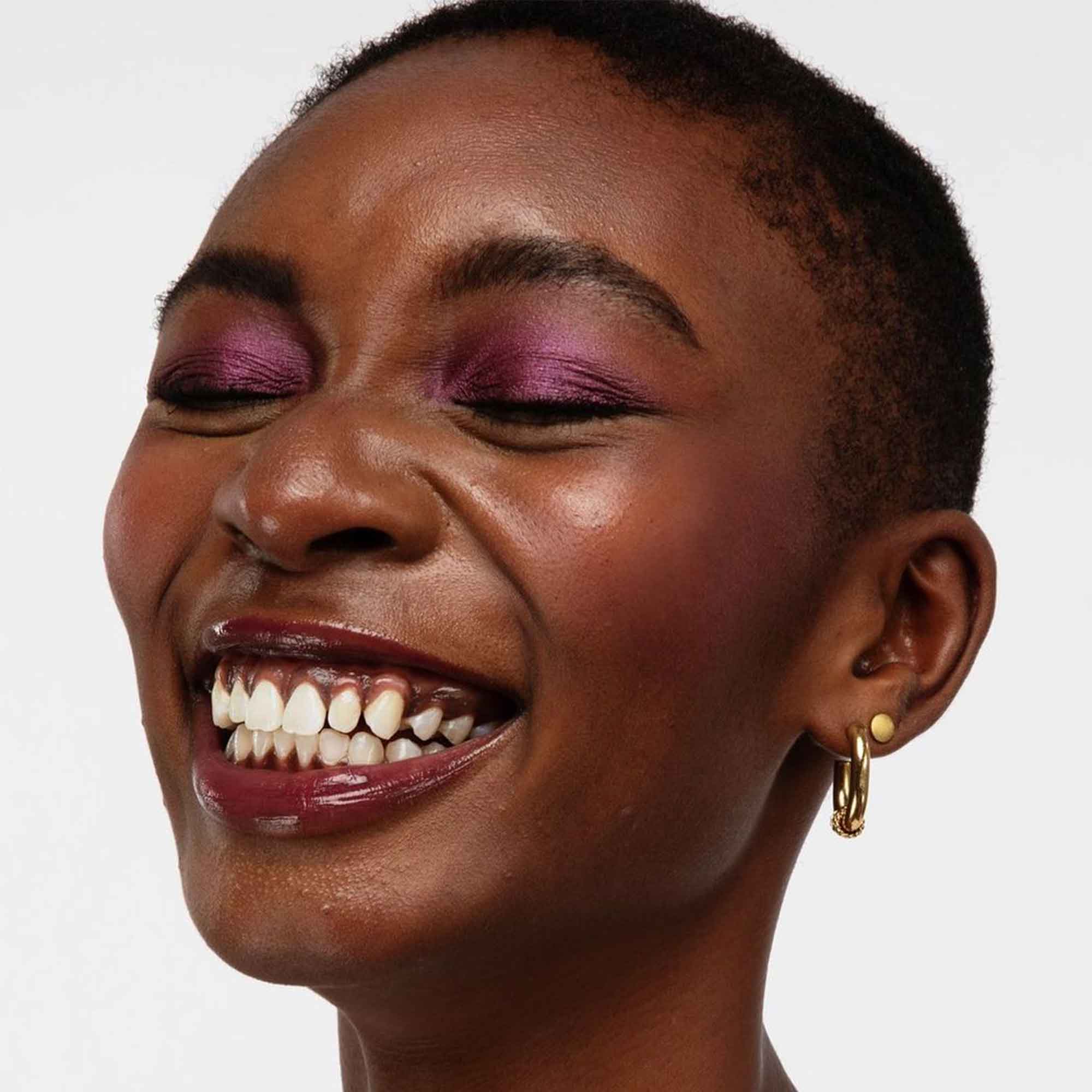
- POPSUGAR Australia
- Beauty
- To Prime or Not to Prime? Here’s Why Primer Is the MVP of Your Makeup Routine
To Prime or Not to Prime? Here’s Why Primer Is the MVP of Your Makeup Routine

It’s one of the most common questions when it comes to makeup application: is primer really necessary? And, it’s a bit of a complicated answer. To start with, no, primer isn’t necessary to the makeup application process. You can still apply makeup and have it look great without using primer. So what’s all the fuss about then?
Well, primer can make a huge difference to the longevity of your makeup and how your skin feels underneath the products. It can help enhance how your makeup looks and creates a base layer that helps ensure smooth application of makeup while helping it grip the skin better.
It basically works by creating a barrier between your skin and makeup. Pores and blemishes on the skin are completely normal and primer helps smooth these over so the makeup doesn’t become cakey or sit in fine lines and wrinkles. It fills in the textures and leaves a clean canvas for your foundation.
If you’ve never used primer before and you’re interested to try and see the fuss for yourself, keep reading for how to use it and some of our favourite products.
How to Use Primer
Adding another step into your morning skincare and makeup routine might feel overwhelming but we promise it’s worth it! And it won’t take long for it to become second nature. So, what step of the skincare and makeup process does primer come in? Do you apply it before or after moisturiser? What about SPF?
Well, it’s pretty easy. Primer should be the first makeup product you use after you finish your skincare routine, which should always end with SPF. After popping on your moisturiser and sunscreen, leave it for 15 to 30 minutes to allow the SPF to really sink in.
Then, when you’re ready to begin your makeup, start with primer, followed by your base product. It’s that simple. As for primer application, it’s fine to blend it in with your fingers much like you would a cream.
Types of Primers
The two types of primers you’ll commonly find on the beauty market are silicone primers and water-based primers. The former is the one that really fills in the bumps and textures of the skin, forming a barrier so your skincare underneath will continue to hydrate your skin, while the makeup on top will stay put.
Water-based primers, on the other hand, are basically designed to pump hydration into the skin, often leaving a dewy and glowy base to layer products on top of. These products don’t behave in the same way as silicone-based primers, as they aren’t offering the same smoothing benefits. If you’re after a little more hydration in your makeup routine, a water-based primer is a great addition but if you’re after longevity, a silicone primer is the way to go.
Primers to Shop Based on Your Skin Needs
If you’re after a trusted silicone-based primer, there are a plethora that work to smooth skin and reduce the appearance of redness and pore size. And, we can’t talk silicone primers without mentioning Benefit’s The POREfessional Primer ($56), which seals off enlarged pores to keep oil at bay, making it a great choice for those with oily skin.
If your skin is a little drier and you want a more hydrating silicone option, you can’t go past the Dermalogica HydraBlur Primer ($77). It works to hydrate and brighten skin while also softening the look of skin texture and fine lines and wrinkles.
If you’re not sure about the silicone-based primers are would prefer a water-based option, we love the Milk Makeup Hydro Grip Primer ($52). This gel product is formulated with hemp-derived cannabis seed extract and blue agave extract to nourish and hydrate skin while also imparting a healthy glow and solid base for makeup.
Whatever way you go, you won’t be sorry for adding primer into your makeup routine. You’ll notice a serious difference after the first use, we promise!


